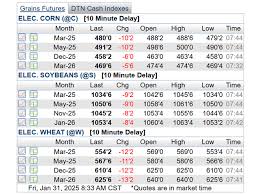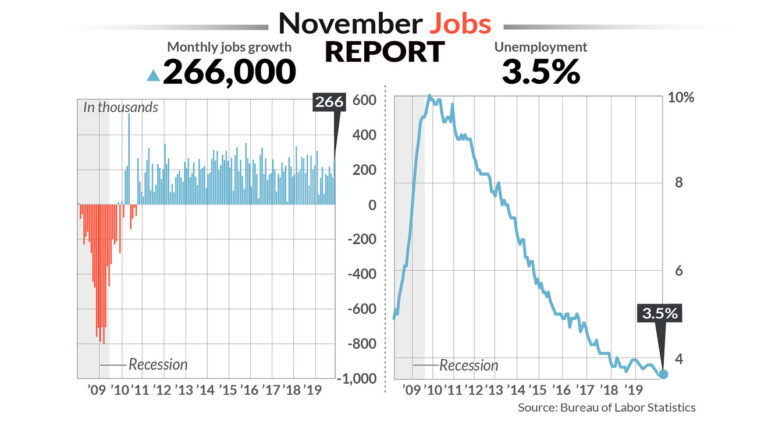
Introduction
Tariffs have long played a crucial role in shaping international trade agreements, and Canada is no exception. With its extensive trade relationships across the globe, understanding Canada’s tariffs is essential for businesses, consumers, and policymakers. As of 2023, the Canadian government is navigating a complex landscape of tariffs that impact various sectors, especially in light of recent geopolitical events and internal economic policies.
Current Tariff Landscape in Canada
The Canada Border Services Agency (CBSA) administers tariffs, which can vary greatly depending on the product and country of origin. In 2023, Canada continues to apply Most-Favored-Nation (MFN) tariffs in line with its trade commitments, with an overall average tariff of approximately 4.5% on imports. However, specific industries, such as agriculture and steel, face significantly higher tariffs.
Notably, the Canada-United States-Mexico Agreement (CUSMA), which took effect in July 2020, has altered tariff structures for many goods traded between these nations. Under CUSMA, various tariffs have been reduced or eliminated to foster trade, yet some contentious areas, like dairy and aluminum products, still face protective tariffs intended to bolster domestic producers.
Recent Developments
In 2023, Canada imposed new tariffs on a range of products, including imports from countries identified in trade disputes. For instance, tariffs on Chinese aluminum and steel have been a point of contention, as Canadian manufacturers argue that these products are being sold at unfairly low prices. The Canadian government has vowed to stand firm against dumping practices, which could destabilize the local market.
In a recent announcement, Canada also initiated a review of its tariff policies to evaluate their effectiveness in promoting domestic industries while balancing consumer needs. This comes amid rising inflation rates where consumers feel the impact of increased prices on imported goods.
Conclusion
As Canada navigates its tariff policies, the interplay between protecting local industries and maintaining fair trade practices with international partners remains pivotal. The repercussions of these tariffs extend beyond border management; they influence consumer pricing, economic growth, and international relations. Moving forward, it will be critical for Canadian policymakers to strike a balance that supports economic resilience while optimizing market access for both consumers and businesses.


